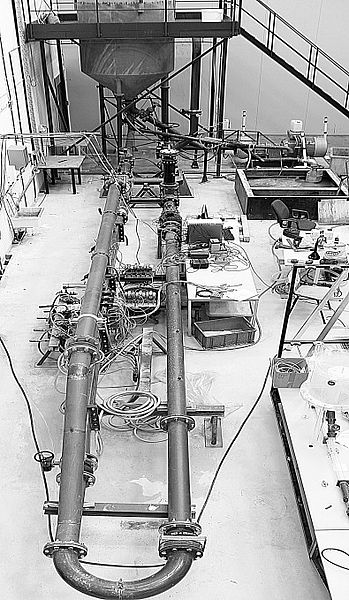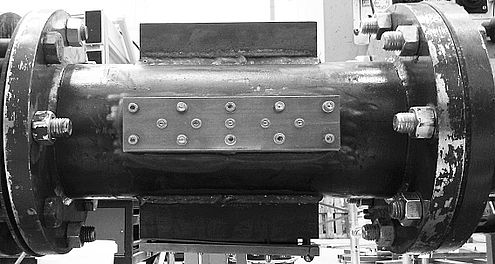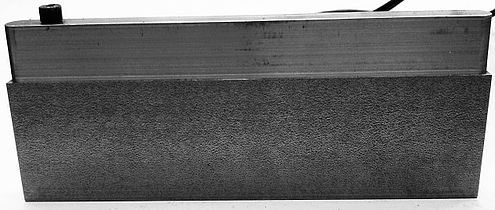Reduction of hydro-abrasive wear in the dredging industry
Ershad Cemmalasseri
The dredging activity involves hydraulic transport of sand-water mixture, called slurry, through steel pipeline. The sand-water mixture comes in contact with the pipeline wall and other parts of the dredging equipment during transport. The slurry mixture is highly abrasive and causes wear and tear of the equipment during operation. The amount of pipeline wear is determined by, among other factors, the type, size and shape of the sand particles. In some cases, although there is only small average wear, the high localized wear causes failure of the pipeline. This makes the rate of the pipeline wear unpredictable. In practice, the dredging companies have experienced wear rates which are greater than their expectation and the dredge parts fail earlier than expected. It is a problem of great concern for the dredging companies as wears cost become significant compared to the dredging costs. Although, there is extensive literature regarding wear in general, relative influence of slurry flow variables on abrasive wear of pipeline is not completely understood. Hence, there is a requirement for better understanding of wear phenomena and developing relationship between the wear rate and flow variables.
In order to understand and quantify the wear, the slurry pipe circuit in the dredging laboratory is used to simulate the flow conditions in a dredging pipeline. A pipe section with wear coupon flushed with the pipe wall is introduced. The wear coupon can be easily dismounted and replaced. After the experiment, detailed study of the surface of wear coupon is performed using the white light interferometer.

Fig 1 (a) Slurry pipe circuit for wear experiment

(b) Pipe section for wear test

(c) Wear coupon

Fig 2 Example of wear contour map from White light interferometer
This research is carried out under project number M33.7.11427a in the framework of the Research Program of the Materials innovation institute M2i (www.m2i.nl).